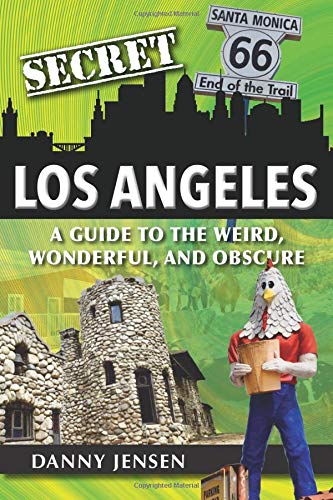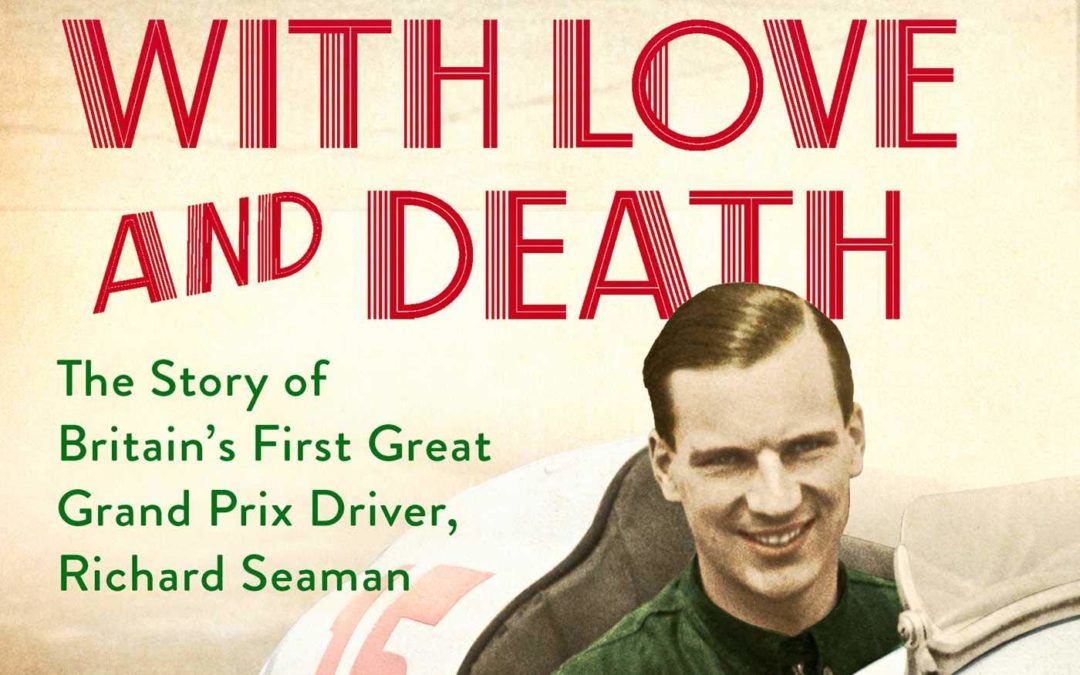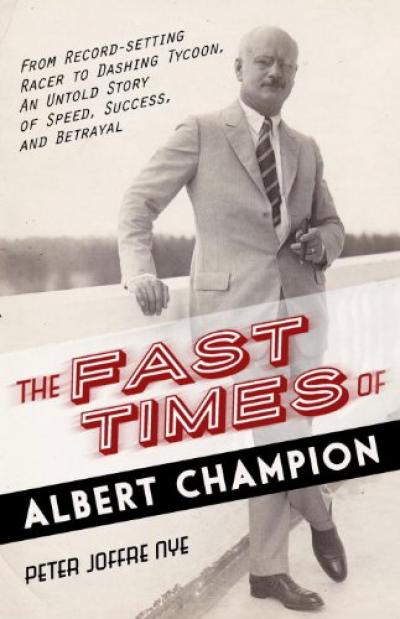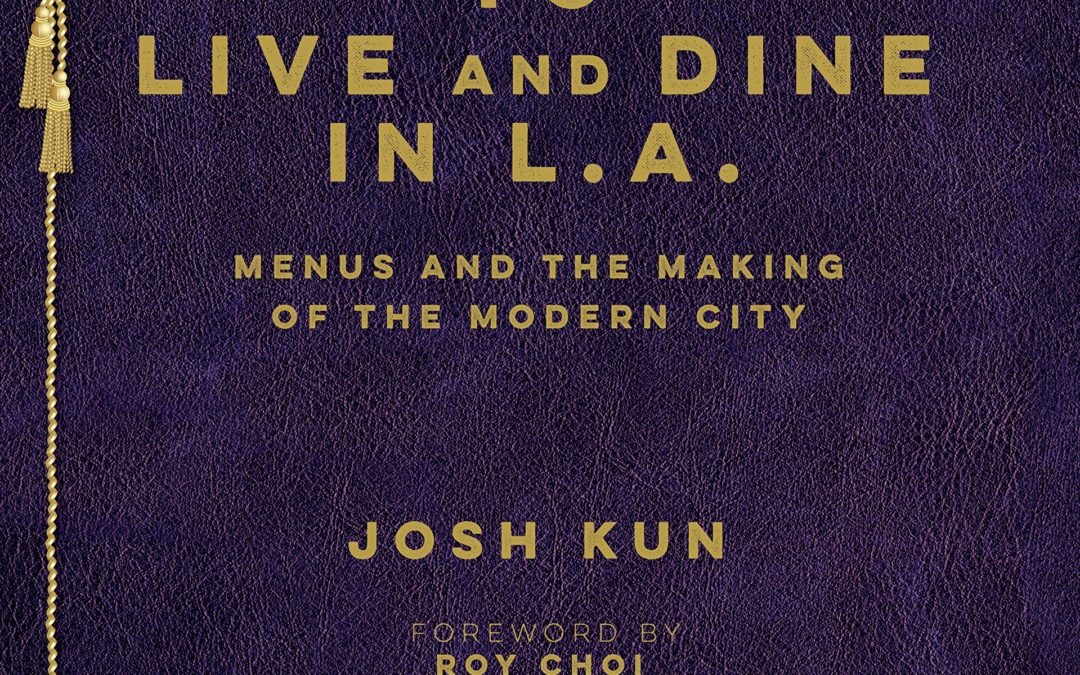
To the untrained eye, Los Angeles may seem like a spectacle of glitz and glamour, freeways and traffic snarls. But beneath those superficial impressions hides a richly complex and diverse city teeming with quirky art, dazzling buildings, hidden histories, strange spectacles, and inspiring cultural landmarks. Secret Los Angeles guides you to the hidden gems that make the city and surrounding county truly sparkle. Discover the story behind the featherbrained Statue of Liberty of L.A. and the butterflies of an abandoned oceanside neighborhood. Stroll along the other walks of fame and drive along a musical road. Explore a historic movie palace hidden in the Jewelry District and find the inspiration for Disneyland nestled within Griffith Park. Find the secretive locations of Prohibition-era speakeasies and sip top-notch booze at a Willy Wonka-like distillery. Experience a reenactment of the Great Los Angeles Air Raid and uncover the history of Central Avenue’s jazz legacy. Local author Danny Jensen directs you to under-the-radar destinations that are often overlooked, even by locals, yet offer fascinating insight into a place that captures so many people s imagination. Whether you ve recently arrived or lived here all your life, this book will help you see and understand L.A. in a completely new way and inspire you to explore further.

Dick Seaman was the archetypal dashing motorsport hero of the 1930s, the first Englishman to win a race for Mercedes-Benz and the last grand prix driver to die at the wheel before the outbreak of the Second World War.
Award-winning author Richard Williams reveals the remarkable but now forgotten story of a driver whose battles against the leading figures of motor racing’s golden age inspired the post-war generation of British champions. The son of wealthy parents, educated at Rugby and Cambridge, Seaman grew up in a privileged world of house parties, jazz and fast cars. But motor racing was no mere hobby: it became such an obsession that he dropped out of university to pursue his ambitions, squeezing money out of his parents to buy better cars. When he was offered a contract with the world-beating, state-sponsored Mercedes team in 1937, he signed up despite the growing political tensions between Britain and Germany. A year later he celebrated victory in the German Grand Prix with the beautiful 18-year-old daughter of the founder of BMW. Their wedding that summer would force a split with his family, a costly rift that had not been closed six months later when he crashed in the rain while leading at Spa, dying with his divided loyalties seemingly unresolved. He was just 26 years old.
A Race with Love and Death is a gripping tale of speed, romance and tragedy. Set in an era of rising tensions, where the urge to live each moment to the full never seemed more important, it is a richly evocative story that grips from first to last.

“RACER. INNOVATOR. CELEBRITY. MOGUL. CHAMPION.
This is the first biography of the short but exciting life of Albert Champion—record-setting bicyclist and motorcyclist, daredevil racecar driver, early automobile innovator, charismatic ladies’ man, and celebrity of the Jazz Age.
Though most Americans have heard of the companies Albert Champion founded—ACDelco and Champion Spark Plug—few know much about the charismatic man behind them. Like a Richard Branson of the early 20th century, or an Evel Knievel with a business degree, Champion was a powerhouse whose life was defined by both speed and success.
Champion rose from poverty in Paris to great wealth and fame in both his native France and the United States. As a bicycle racer, Champion set more than a hundred world records. When the urban speed limit was 8 mph, he was the first ever to drive a motorcycle a mile under a minute. A car-racing crash snapped a leg bone that kept him in traction for eleven weeks. Undeterred, he hobbled out of the hospital on crutches and recovered to win the French national cycling championship.
Champion invested his prize money to become a tycoon in the new and revolutionary American auto industry, working closely with the leading players and amassing thirty US. His contemporaries included Charles Lindbergh, who endorsed Champion’s product by saying, “”AC Spark Plugs kept my engine running perfectly.”; Louis Chevrolet, whom Champion backed financially until it came out that he was trying to seduce Chevrolet’s wife, which led to a fight and the end of their friendship; and William Durant, founder of a “”new holding company”” called General Motors.
A notorious ladies’ man, Champion’s many dalliances were fodder for the papers and finally ended in a love triangle that resulted in his death under mysterious circumstances.
”

How did Los Angeles become the modern city the world watches? We know some of the answers all too well. Sunshine. Railroads. Hollywood. Freeways. But there’s another often overlooked but especially delicious and revealing factor: food.
Think veggie tacos and designer pizzas, hot dogs on sticks and burgers from golden arches, Cobb Salads and chocolate-topped ice cream sundaes, not to mention the healthiest dishes on the planet. Ask anyone who has eaten in L.A.–the city shapes the tastes that predict how America eats. And it always has.
In its fourth book collaboration with the Los Angeles Public Library and the Library Foundation of Los Angeles, Angel City Press releases To Live and Dine in L.A.: Menus and the Making of the Modern City by Josh Kun.With more than 200 menus–some dating back to the nineteenth century–culled from thousands in the Menu Collection of the Los Angeles Public Library, To Live and Dine in L.A. is a visual feast of a book.
But it’s more. Much more.
In his detailed history, author Josh Kun riffs on what the food of a foodie city says about place and time; how some people eat big while others go hungry, and what that says about the past and now. Kun turns to chefs and cultural observers for their take on modern: Chef Roy Choi sits down long enough to say why he writes “some weird-ass menus.” Pulitzer Prize-winning critic Jonathan Gold looks at food as theater, and museum curator Staci Steinberger considers the design of classic menus like Lawry’s. Restaurateur Bricia Lopez follows a Oaxacan menu into the heart of Koreatown.
The city’s leading chefs remix vintage menus with a 21st-century spin: Joachim Splichal, Nancy Silverton, Susan Feniger, Ricardo Diaz, Jazz Singsanong, Cynthia Hawkins, Micah Wexler, Ramiro Arvizu and Jaime Martin del Campo cook up the past with new flavors. And, of course, the menus delight: Tick Tock Tea Room, Brown Derby, Trumps, Slapsy Maxie’s, Don the Beachcomber, and scores more.
Kun tackles the timely and critically important topic of food justice, and shows how vintage menus teach us about more than just what’s tasty, and serve as guides to the politics, economics, and sociology of eating.
America is a dining-out nation, and our research indicates that L.A. has long been one of its top dining-out towns. The Library’s collection is a living repository of meals past, an archive of urban eating that tells us about the changing historical role of food in the city, which is to say it tells us about just about everything that food touches: economics, culture, taste, race, politics, architecture, class, design, industry, gender, to name just some of the themes that recur on menu pages.
Kun challenged contributors to tackle subjects that readers may have never contemplated. As the renowned L.A. chef Roy Choi points out in his Foreword to To Live and Dine in L.A.:
The more I looked at the menus, the more they told me about the city and how neighborhoods developed. But it was the menus that I couldn’t find that forced me to ask questions about how life really was. I started to think about how the city is now and if those missing menus were a reflection of life just as it is now. Were these menus of the affluent and middle-class? Were the working classes even eating with menus, or were they mostly eating at stands and carts? Were there disparities and access problems just like today? To Live and Dine in L.A. is the first book of its kind–the definitive way to read a menu for more than just what to order. It’s about how to live. And how to dine. In L.A.






